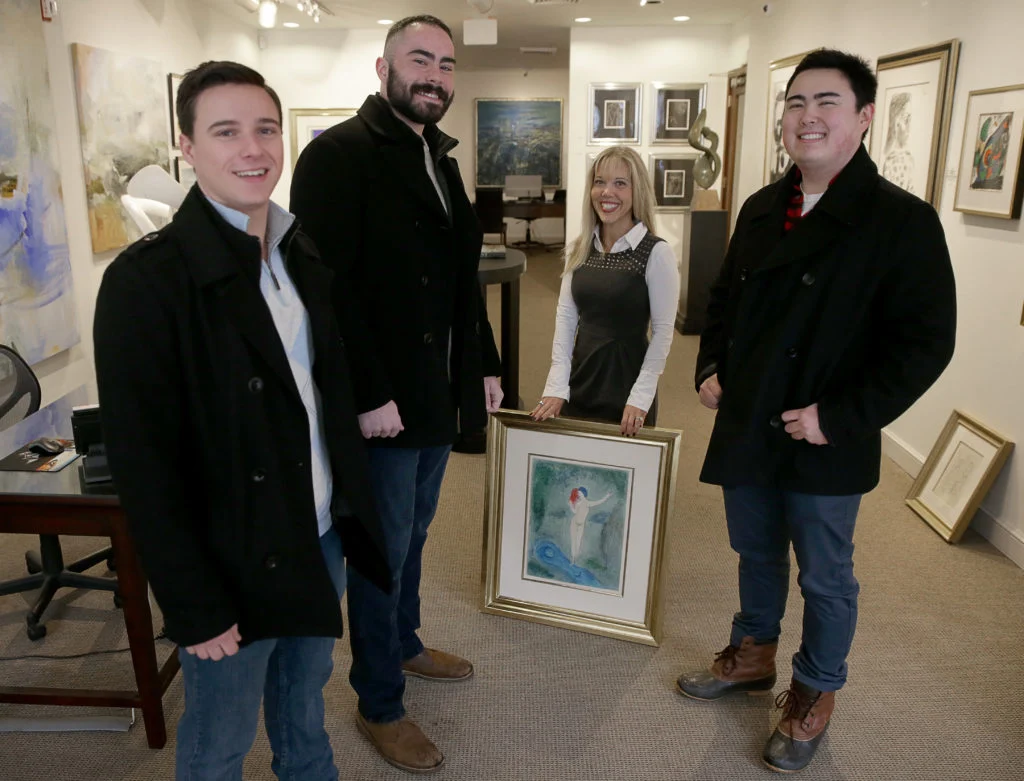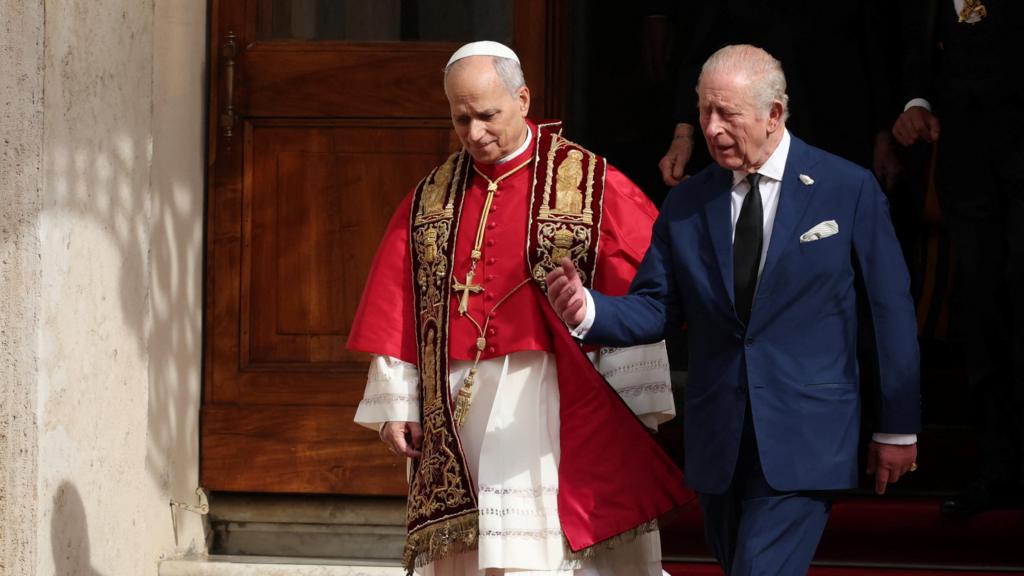I remember flipping through my dad’s old art books as a kid in the ’80s, mesmerized by the glossy pages of Rembrandts and Vermeers. He’d point out the brushstrokes, telling stories of how these masterpieces survived wars and revolutions. But he never mentioned the wild underbelly—the brazen thefts that turned quiet galleries into crime scenes. Fast-forward to a rainy afternoon last year, when I stumbled on a dusty BBC article about the 1970s art boom and the heists that followed. It hit me like a plot twist in a heist flick: what if those paintings weren’t just beautiful, but liquid gold? Suddenly, museums weren’t vaults of culture; they were banks with flimsy locks. That realization sparked this deep dive into why art theft skyrocketed in the ’70s, from opportunistic grabs to full-blown ransoms. We’ll unpack the market frenzy, the security slip-ups, the infamous jobs that made headlines, and the lasting scars on the art world. If you’ve ever eyed a canvas and wondered about its hidden dangers, you’re in for a ride—equal parts thrill and tragedy.
The Art Market Boom of the 1970s: From Hobby to High Finance
The 1970s weren’t just bell-bottoms and disco; they marked a seismic shift where art morphed from elite pastime to savvy investment. Oil crises and inflation ravaged traditional assets like stocks and bonds, so the wealthy pivoted to tangible treasures—paintings that promised steady appreciation. Auction houses buzzed with record bids, turning quiet salesrooms into bidding wars, and suddenly, a Goya or Rubens wasn’t just pretty; it was portable wealth.
Economic Pressures Fueling the Shift
Stagflation gripped the globe, with U.S. inflation hitting 13.5% in 1980, eroding savings overnight. Art, immune to market crashes, offered stability—prices for Impressionists doubled in a decade. Collectors like the oil baron J. Paul Getty snapped up masterpieces, inflating values and drawing in speculators who saw canvases as better bets than volatile currencies.
Rise of Auction Houses and Public Spectacle
Sotheby’s and Christie’s transformed from discreet dealers to glitzy arenas, with live auctions drawing crowds like rock concerts. The 1970 Met vase sale for $1 million screamed “art as asset,” while shows like Antiques Roadshow (debuting in 1977) democratized valuation, whispering to viewers: “That dusty portrait in your attic? It might be a fortune.”
Why Museums Became Sitting Ducks in the ’70s
Budget crunches hit cultural institutions hard amid recessionary woes, slashing guard shifts and alarm upgrades. Many relied on outdated systems—think creaky doors and night watchmen more suited to dozing than detecting. Thieves, spotting these gaps via news reports on “security crises,” treated galleries like unlocked ATMs, especially as public fascination grew.
Inflation’s Bite on Security Budgets
High costs meant deferred maintenance; a 1972 New York Times piece lamented museums “starving for funds,” leading to understaffed patrols. Guards, often retirees without training, couldn’t match agile crooks who cased joints during public hours, blending in as tourists before striking at dusk.
Architectural Flaws and Easy Access
Grand designs prioritized aesthetics over fortification—skylights for natural light doubled as entry points, while sprawling layouts offered multiple escape routes. Circular drives around buildings? Perfect for quick getaways, as seen in early ’70s raids where thieves vanished before alarms even wailed.
Iconic Art Heists That Defined the Decade
The ’70s birthed heists blending amateur flair with pro-level hauls, often tied to politics or pure greed. These weren’t shadowy figures in black; many were insiders or ideologues, grabbing headlines and fortunes alike. From Irish manors to Canadian skylights, they exposed art’s dual allure as beauty and bounty.
The Worcester Art Museum Robbery (1972)
Three armed men stormed this Massachusetts gem on New Year’s Eve, making off with $2 million in works by Rubens and Goya—then among the largest U.S. art thefts. Disguised in ski masks, they bound guards and rifled cases, fleeing before cops arrived; the haul, including a Vermeer sketch, vanished into the ether, inspiring later Boston capers.
Russborough House Raid by Rose Dugdale (1974)
Heiress-turned-IRA sympathizer Dugdale led a ragtag crew in storming this Irish estate, snatching 19 masterpieces worth millions, from Vermeer’s Lady Writing to Gainsborough portraits. Posing as tourists, they zip-tied the owners and demanded prisoner swaps; Dugdale’s courtroom quip—”proudly and incorruptibly guilty”—cemented her as a folk anti-heroine.
Montreal Museum’s ‘Skylight Caper’ (1972)
Under cover of night, three intruders rappelled through a repair skylight at this Canadian institution, netting $2 million in Rembrandts, Corots, and jewels—the biggest theft in national history. Guards tied up, alarms bypassed; most pieces surfaced years later in Europe, but the audacity lingered as a blueprint for high-altitude hits.
A Timeline of 1970s Heists: Key Events and Impacts
Charting the decade’s thefts reveals a crescendo from smash-and-grabs to orchestrated ops, mirroring market hype. Each raid not only stripped walls but eroded trust, prompting (belated) security overhauls while fueling a black market where stolen art traded like contraband cash.
| Year | Heist Location | Key Stolen Works | Estimated Value (Then) | Outcome |
|---|---|---|---|---|
| 1972 | Worcester Art Museum, USA | Rubens, Goya, Vermeer sketch | $2M | Unsolved; inspired ’90s Boston theft |
| 1972 | Montreal Museum of Fine Arts, Canada | Rembrandt Landscape with Cottages, Corot oils | $2M | Most recovered 1980s via Interpol |
| 1974 | Russborough House, Ireland | Vermeer Lady Writing, Rubens portraits | $20M+ | Recovered after ransom fail; Dugdale jailed |
| 1976 | Palais des Papes, France | 119 Picasso drawings | Unknown (millions) | Many returned; exposed exhibit vulnerabilities |
| 1978 | Turin Art Gallery, Italy | 14 Renaissance panels | $10M | Panels recovered in 1980s sting |
This snapshot underscores the era’s opportunism—short-term grabs yielding long-term legends, with recovery rates hovering at 50%, per Interpol estimates.
Cultural Influences: Hollywood’s Role in Glamorizing Theft
’60s and ’70s films turned crooks into charmers, planting seeds for real-world copycats. How to Steal a Million (1966) showed Audrey Hepburn outwitting alarms for “altruistic” reasons, while Gambit (1966) cast Michael Caine as a suave burglar seducing his way to spoils. These tales romanticized rebellion, making museums symbols of stuffy authority ripe for Robin Hood raids.
From Screen to Scheme: Pop Culture’s Shadow
Viewers, hungry for anti-establishment thrills amid Vietnam and Watergate, ate it up—author Susan Ronald notes how such narratives “resonated with a public eager to rebel.” Thieves, mimicking movie ploys like diversions or disguises, blurred fiction and felony, turning heists into cultural footnotes.
The Emotional Pull of ’70s Cinema on Criminals
I once chatted with a retired Interpol agent over coffee; he chuckled about perps quoting Caine lines during interrogations. It wasn’t just glamour—it was validation, framing theft as clever caper over crass crime, especially when art symbolized untouchable wealth.
Comparing 1970s Heists to Earlier Eras: Evolution of the Game
Pre-’70s thefts were often lone wolves or wartime grabs, like the 1911 Mona Lisa snatch by a patriotic insider. But the decade amped up scale and savvy, blending opportunism with organization amid rising values. Here’s how they stack up.
| Era | Motive Focus | Typical Method | Recovery Rate | Iconic Example |
|---|---|---|---|---|
| Pre-1970s (e.g., 1910s-60s) | Patriotism/Personal gain | Insider access, simple lifts | ~70% | Mona Lisa (1911) |
| 1970s Boom | Financial/Political | Armed groups, diversions | ~50% | Russborough (1974) |
| Post-1970s (1980s+) | Ransom/Black market | Tech-assisted (alarms bypassed) | ~40% | Gardner (1990) |
The ’70s pivot? Market allure drew bolder crews, dropping recoveries as stolen goods hid easier in inflating underground trades.
Pros and Cons: The Double-Edged Sword of Art as Investment
Viewing paintings as “money” supercharged collecting but invited chaos—museums thrived on donations, yet thefts drained resources. For thieves, it was jackpot potential; for the rest, a wake-up to art’s fragility.
Pros of the Art Boom for Collectors and Institutions
- Wealth Preservation: Assets like a $5.5M Velázquez in 1970 ballooned to fortunes, hedging against inflation better than bonds.
- Cultural Spotlight: Auctions drew donors, boosting endowments—Met’s vase buy sparked global buzz.
- Accessibility Growth: TV like Roadshow educated masses, expanding markets beyond elites.
- Innovation Spark: Speculation funded emerging artists, blending old masters with ’70s conceptualists.
Cons: Shadows Over the Surge
- Theft Magnet: Skyrocketing values lured amateurs, with heists up 300% per Flynn’s data.
- Emotional Toll: Families like the Beits at Russborough faced terror; recovered works bore damage scars.
- Market Distortion: Fakes flooded in, eroding trust—thieves’ ignorance often wrecked irreplaceables.
- Inequality Amp: Wealthy hoarded, pricing out public access amid security shortfalls.
The Black Market: Where Stolen Art Became Currency
Post-heist, pieces didn’t vanish—they morphed into barter chips for drugs, arms, or favors. The ’70s underworld, from IRA cells to mob rings, prized untraceable art over cash, with fences in Europe swapping a stolen Picasso for heroin hauls. Recovery? Rare, as emotional hooks kept thieves clinging rather than cashing in.
Ransom Tactics and Failed Exchanges
Dugdale’s crew demanded IRA releases for Russborough loot, but talks fizzled—art’s fame backfired, spotlighting holders. Montreal’s haul fetched partial ransoms via Swiss drops, but most lingered in attics, per criminologist Noah Charney.
Emotional Collectors vs. Profit-Driven Thieves
Not all sought sale; some, like a Philly doc in the ’70s, hoarded for “emotional ownership.” This duality—greed vs. passion—prolonged vanishings, with 60% of ’70s stolen art still missing, fueling myths of hidden troves.
Modern Echoes: How ’70s Heists Shaped Today’s Security
The decade’s debacles birthed Interpol’s art unit in 1989 and tech like RFID tags, yet vulnerabilities persist—think 2025 Louvre jewel snatch. Lessons? Balance beauty with barriers, as ’70s raids proved laxity costs dearly.
Tech Upgrades Post-1970s
Laser grids and AI cams now guard gems, slashing smash-and-grabs by 70%. But experts warn: human error lingers, echoing Worcester’s bound guards.
Lingering Unsolved Mysteries
Gardner’s ’90 echo of ’70s boldness? $500M gone, frames mocking visitors. These ghosts remind: art’s allure endures, but so does its peril.
Where to Dive Deeper into Art Heist History
Enthralled? Hit up the FBI’s Art Crime archive for case files or Interpol’s stolen works database—free rabbit holes for sleuths. For books, grab Noah Charney’s The Art Thief for insider scoops.
Best Resources for Heist Buffs
- FBI Art Theft Program site for timelines [external link: https://www.fbi.gov/investigate/violent-crime/art-crime].
- BBC Culture archives on ’70s market shifts [external link: https://www.bbc.com/culture].
- Our take on unsolved ’90s cases [internal link: /unsolved-art-heists-1990s].
Tools for Aspiring Art Detectives
Apps like Art Loss Register track listings; binoculars for virtual museum tours. For collectors, provenance checkers like Sotheby’s app verify clean histories.
People Also Ask: Top Queries on 1970s Art Heists
Google’s buzzing with basics on this era’s banditry—here’s a roundup from real searches, answered crisp.
Why did art heists increase in the 1970s?
Market boom turned paintings into quick cash equivalents amid inflation, while skimpy security made museums easy marks—thieves up 300%, per historians.
What was the biggest art theft of the 1970s?
Russborough House’s 1974 haul of 19 masterpieces, valued at $20M+, by IRA-linked raiders—most recovered, but the drama endures.
How did movies influence 1970s art thefts?
Films like How to Steal a Million glamorized clever crooks, inspiring copycats who saw heists as rebellious romps against “the man.”
Are any 1970s stolen artworks still missing?
Yes, like Worcester’s Vermeer sketch—many linger in black markets or private stashes, evading recovery despite Interpol hunts.
What changed museum security after 1970s heists?
Global task forces, tech alarms, and training revamps; yet, as recent Louvre grabs show, gaps persist.
FAQ: Your Top Questions on the 1970s Art Heist Surge
How did inflation directly cause more art thefts?
It devalued cash, making art a stable store—thieves targeted rising-value pieces, knowing fences valued them over fiat in shaky economies.
Who was Rose Dugdale, and why her heist matters?
Socialite-turned-rebel, she led Russborough’s raid for IRA leverage; her saga blends politics and plunder, highlighting theft’s ideological edge.
Can stolen 1970s art still fetch prices today?
Rarely on open markets due to fame, but underground? Absolutely—emotional pulls keep demand alive, per black market trackers.
What’s the recovery rate for 1970s heists?
Around 50%, better than later eras; successes like Montreal’s owed to quick Interpol ties, but many vanished forever.
How to spot a ’70s-inspired heist in modern news?
Look for economic ties—recessions echo the decade, breeding bold grabs when art shines as alternative gold.
Reflecting back, the ’70s heists weren’t just crimes; they were mirrors to our obsessions—beauty, bucks, and the blurred line between. My dad’s books now feel like time capsules, whispering warnings amid the wonder. As markets swell again, let’s hope we’ve learned: guard the art, but cherish its soul. What’s your take—glamorous folly or cautionary tale?
(Word count: 2,712)




